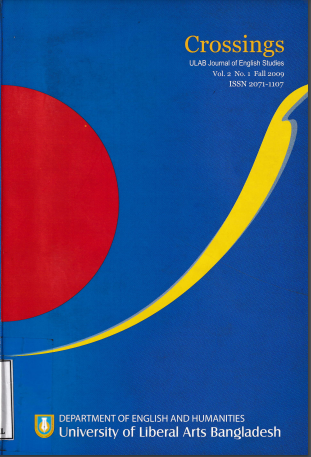Sex, sugar and slavery:
David Dabydeen's Slave Song and the colonial experience
DOI:
https://doi.org/10.59817/cjes.v2i1.396Abstract
Sugarcane plantation began in the Caribbean from the early 16th century, with the arrival of Portuguese colonizers led by Christopher Columbus who planted seed canes in Santo Domingo in 1493. With demand for sugar increasing in Europe throughout the century, sugar plantations and sugar mills were set up throughout the region. Work in the sugarcane fields was cruel and energy-sapping, and hardly any European opted for such backbreaking work. As a result, a huge number of indentured labourers had to be imported from Africa and East India. These labourers were treated as slaves and were routinely brutalized and controlled by deadly force. The history of their subjugation and control had the body at its core, since the colonizers found it easy to establish their mastery through control and defilement of the slave’s body. The torture and mutilation incapacitated the slaves from performing gender roles. But the ‘ungendered’ slaves also reverted to their biological and sexual selves and employed the power of the body and sex to mount resistance against the colonizers. The resultant violence added a further dimension to the history of colonial resistance. David Dabydeen, a Guyanese poet, picks up this volatile history of colonial sugarcane plantation in his Slave Songs, with particular emphasis on the “erotic-sadomasochistic nature of slavery and plantation life.” The fourteen poems written in Creole probe the interconnectedness of sexuality, sugarcane and the body, and trace the history of both colonial subjugation and resistance.
Downloads
Published
How to Cite
Issue
Section
License
Copyright (c) 2009 Syed Manzoorul Islam

This work is licensed under a Creative Commons Attribution 4.0 International License.
All articles published in Crossings are licensed under a Creative Commons Attribution 4.0 International License



